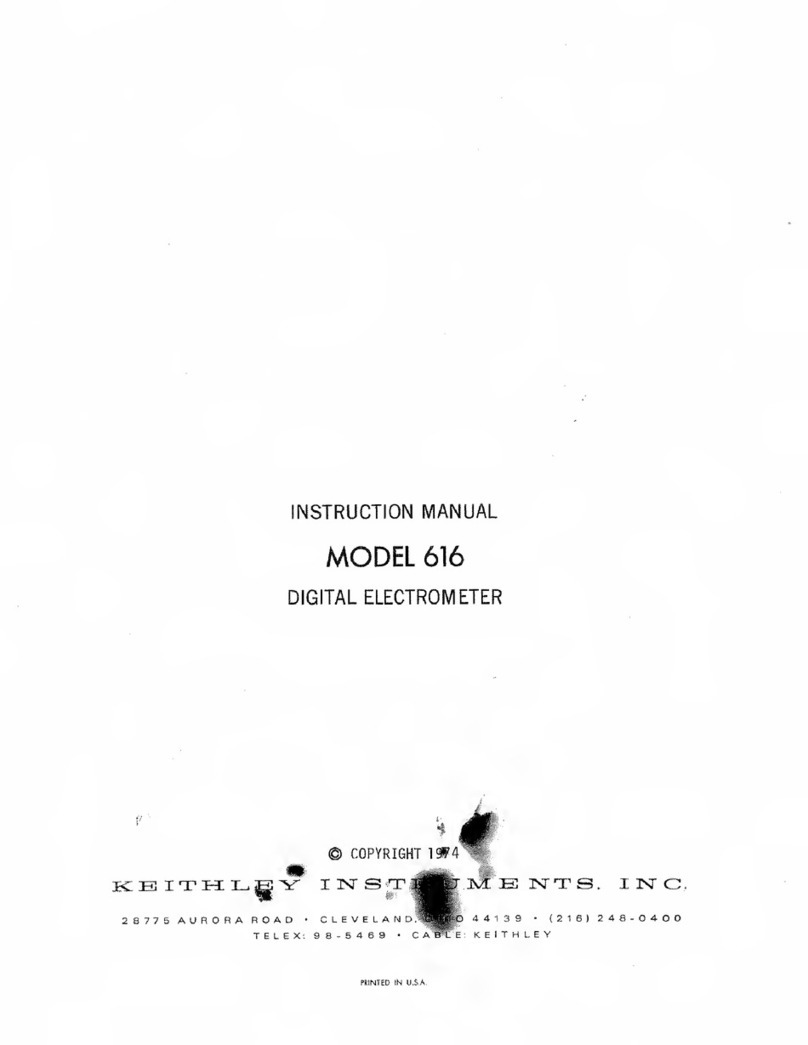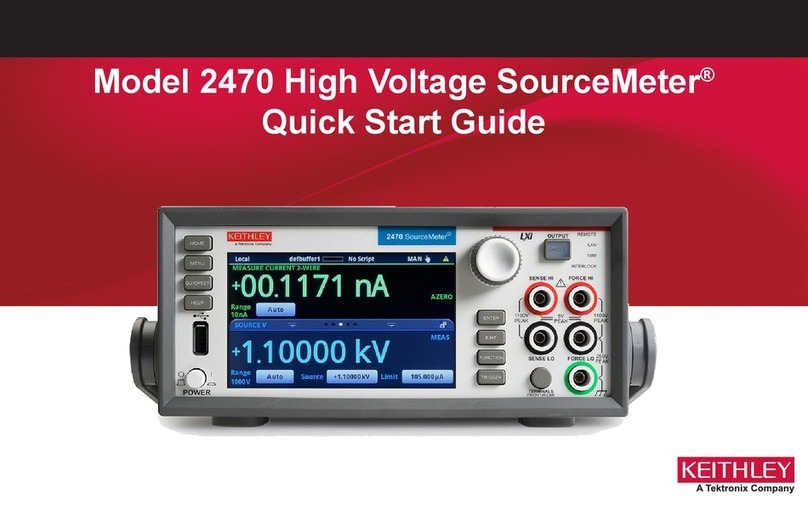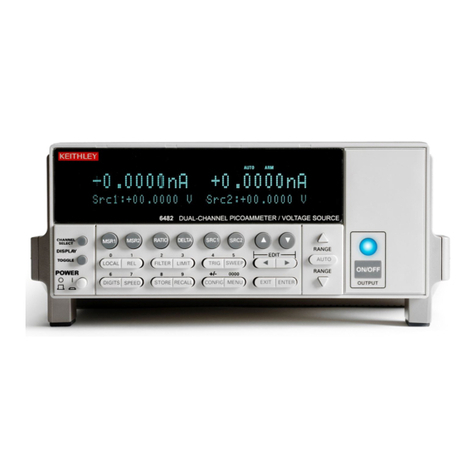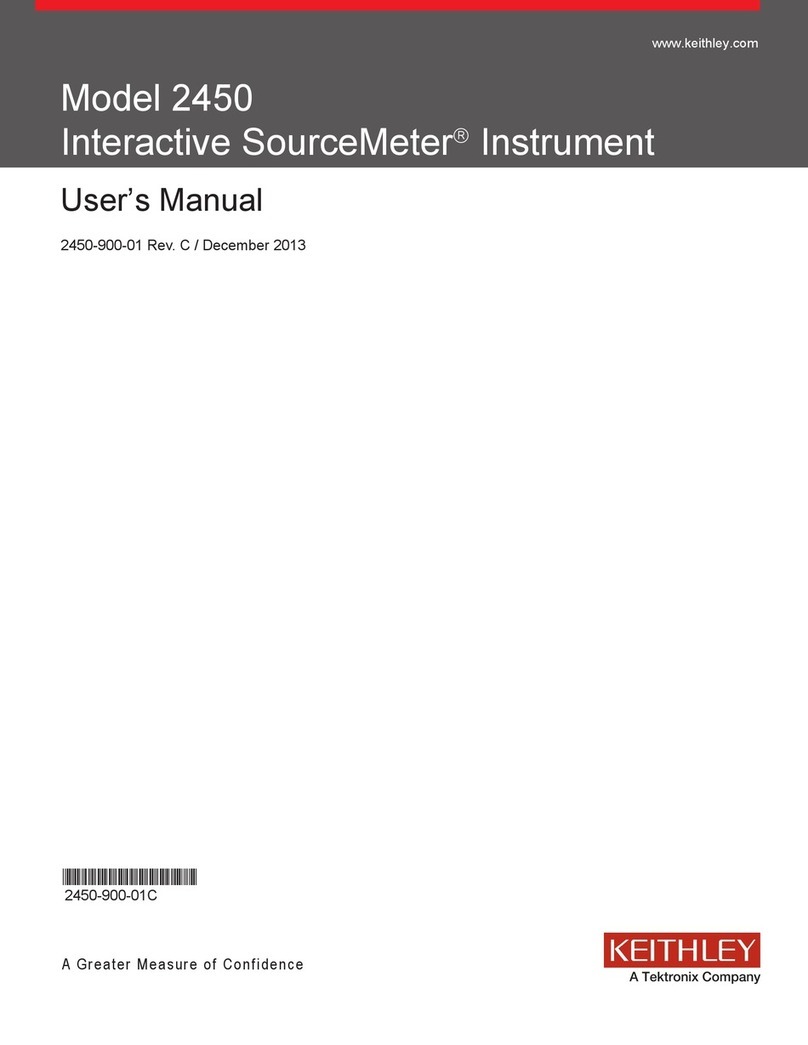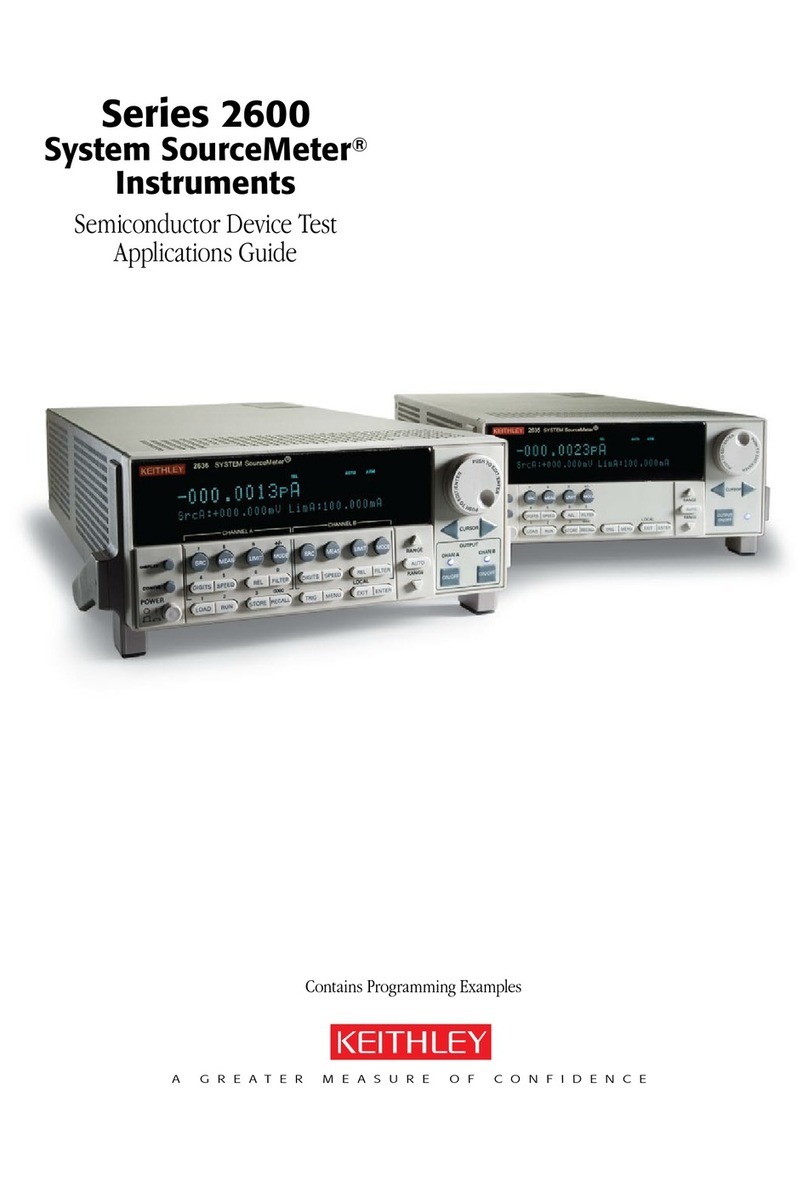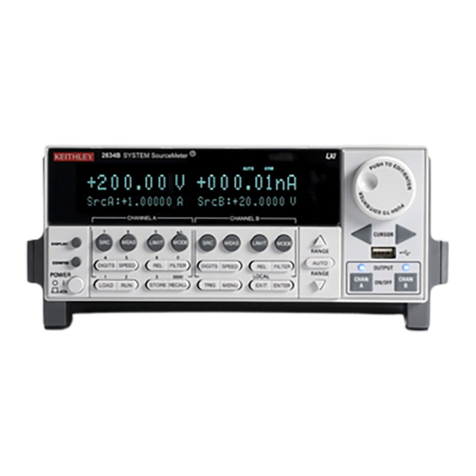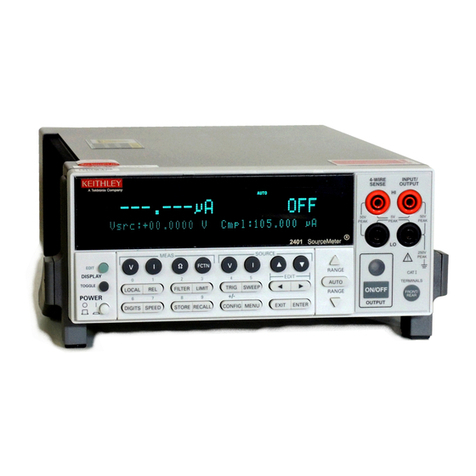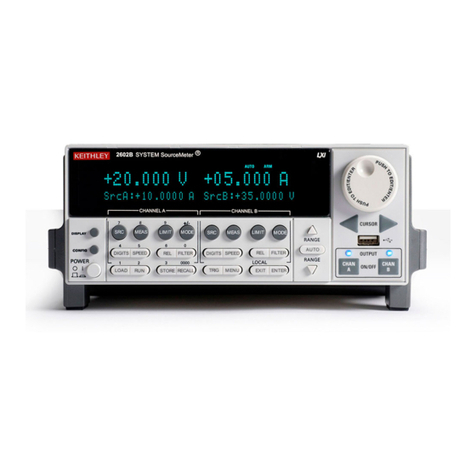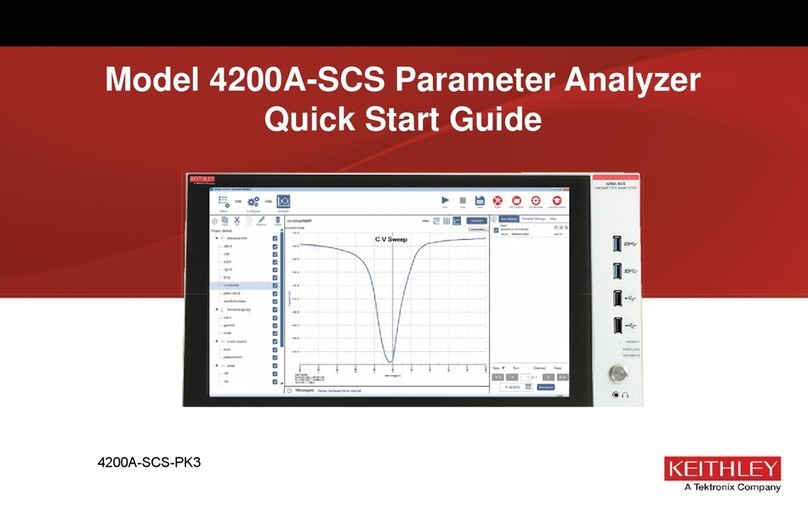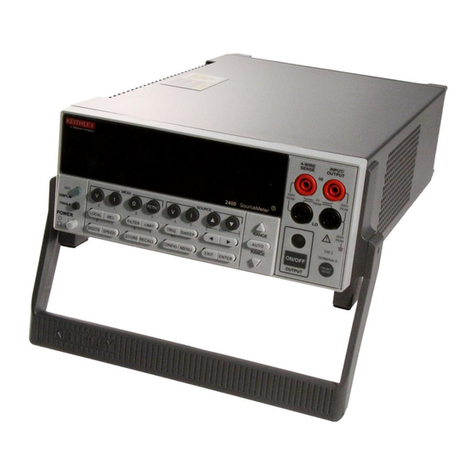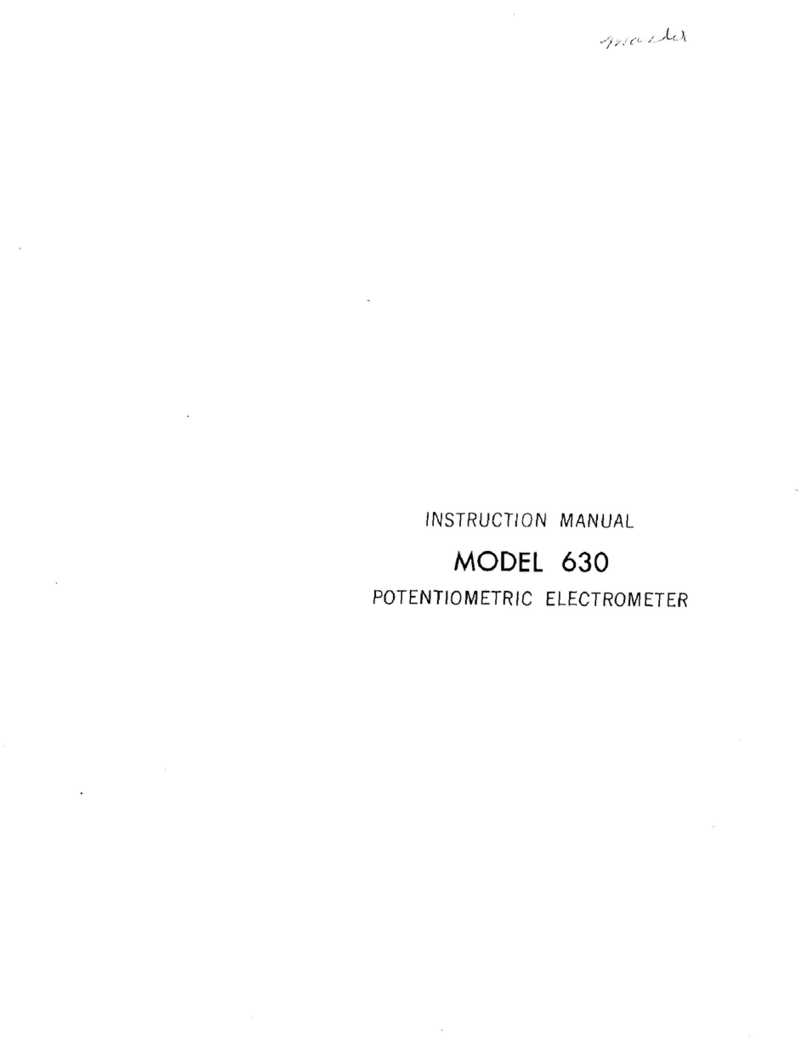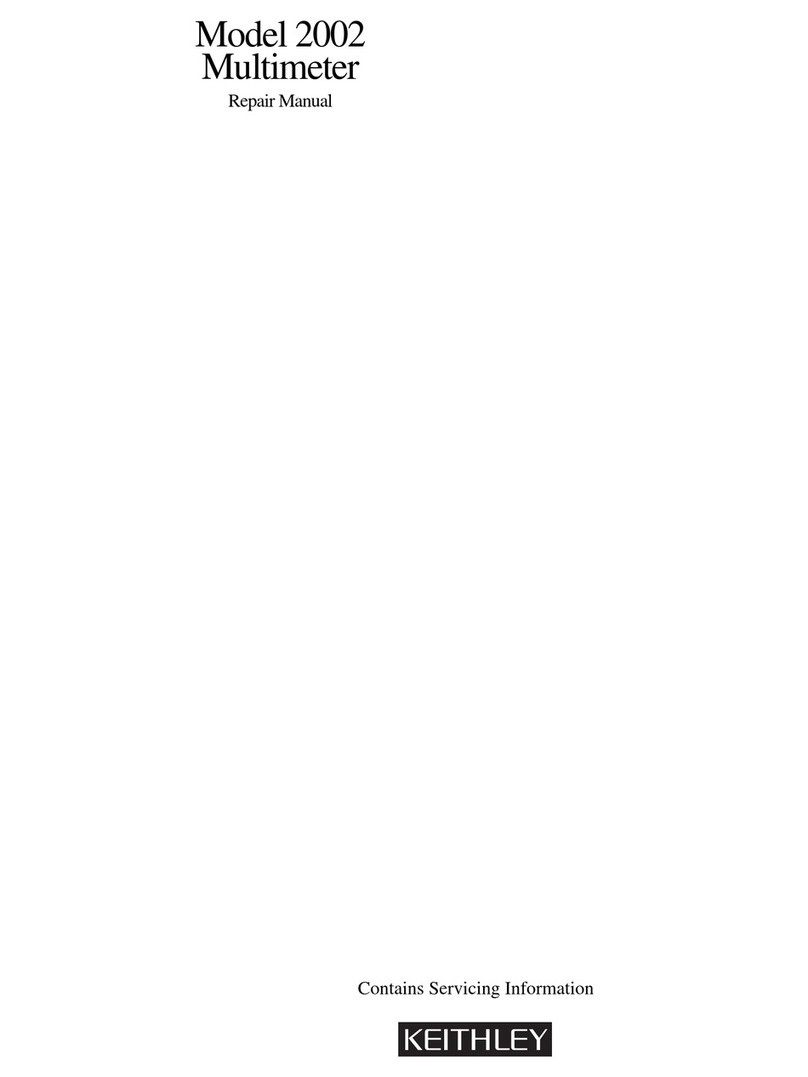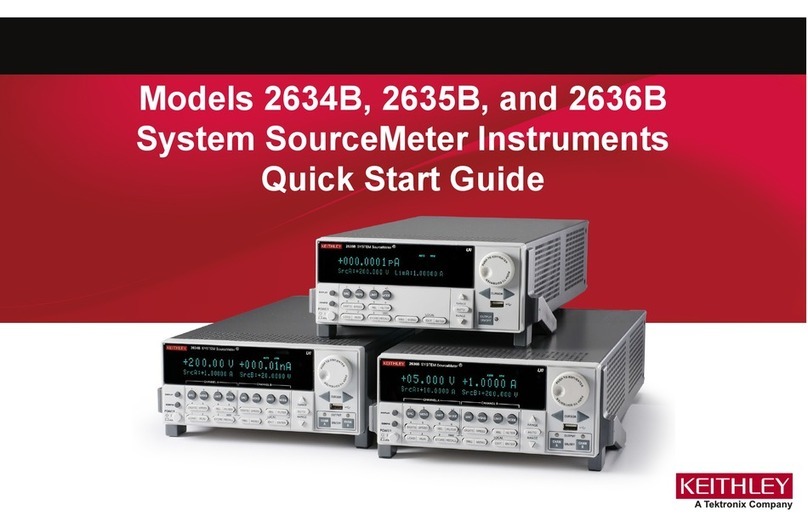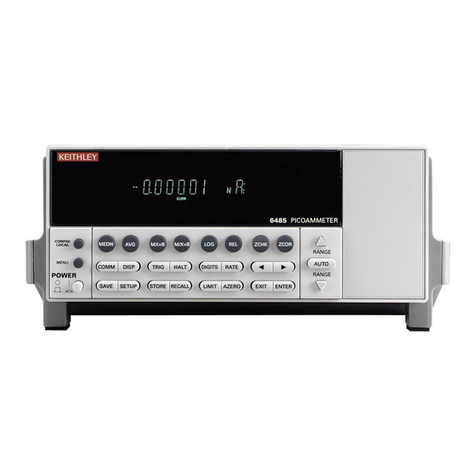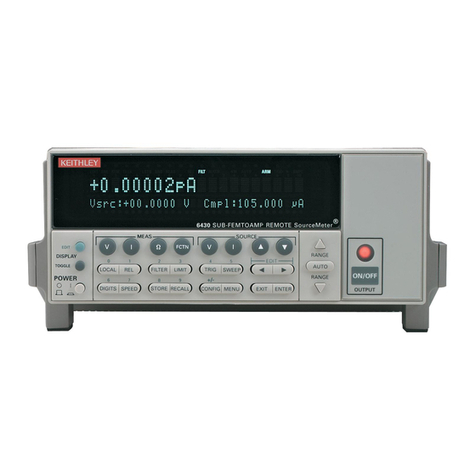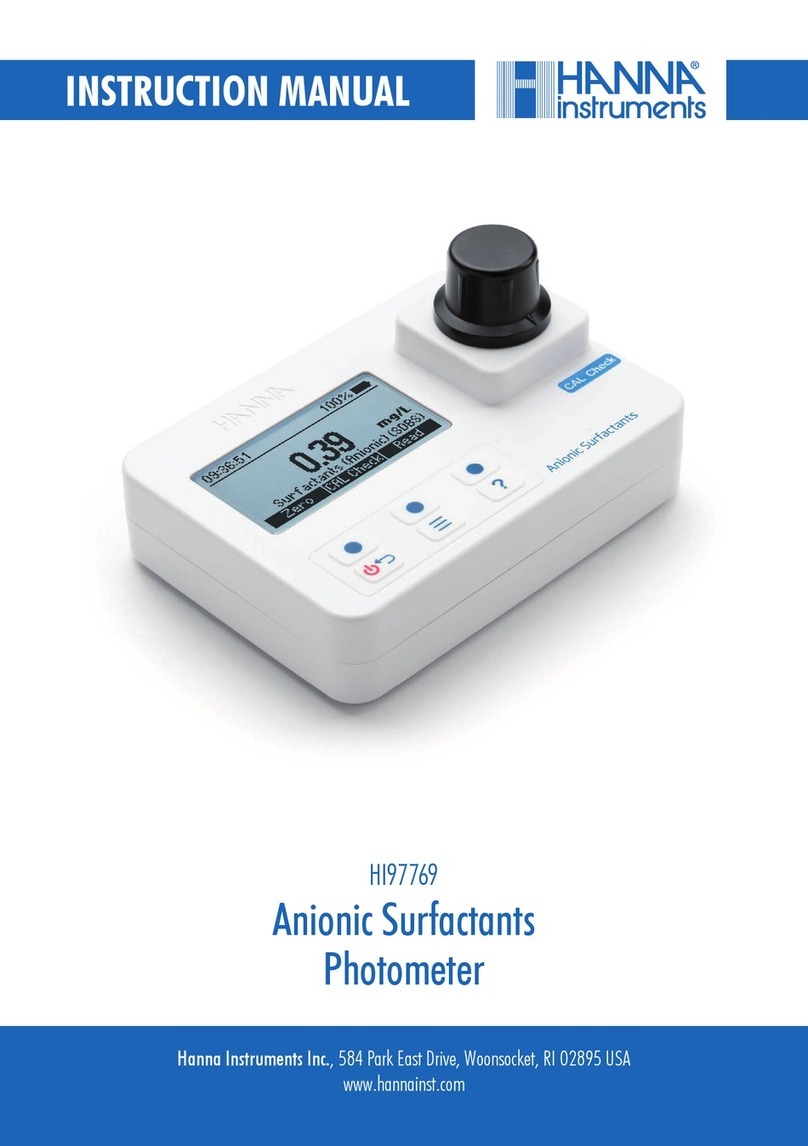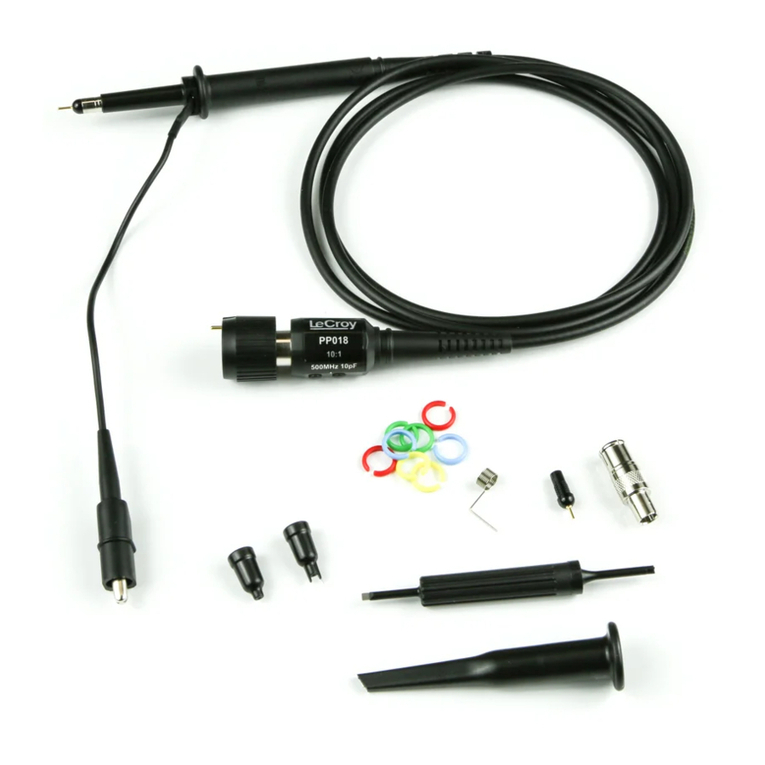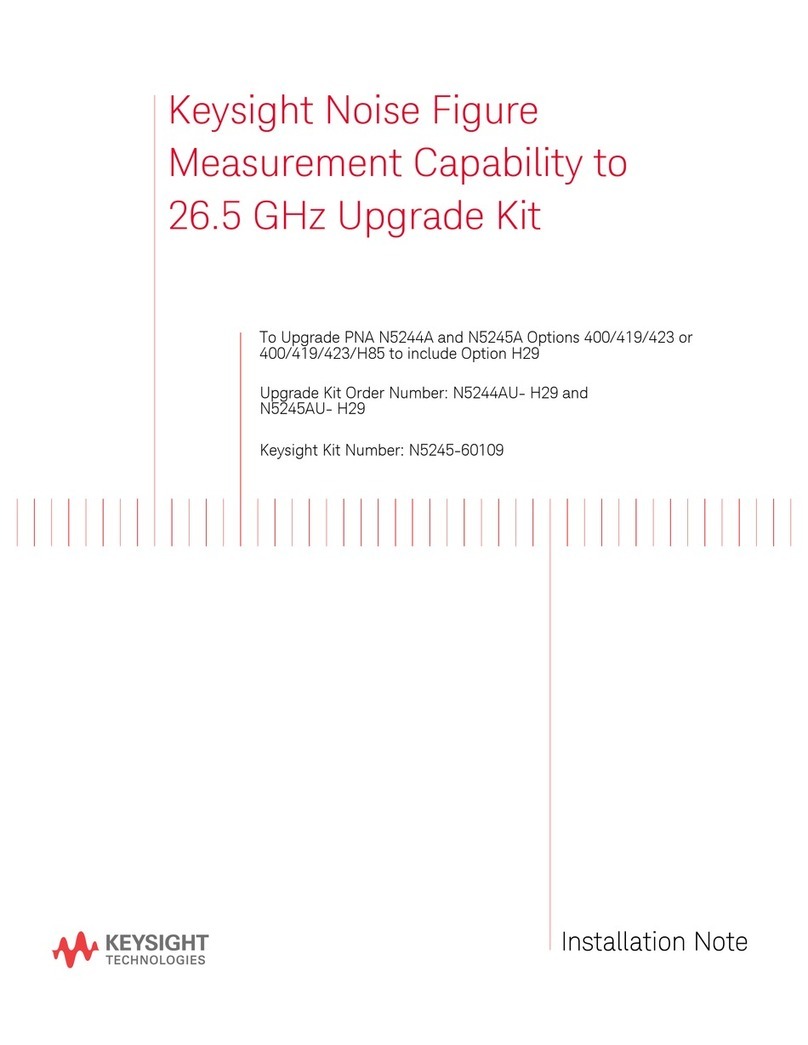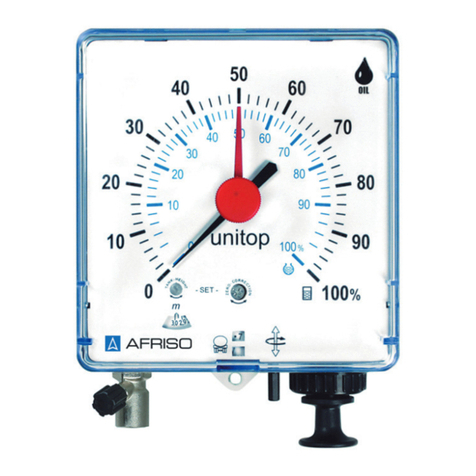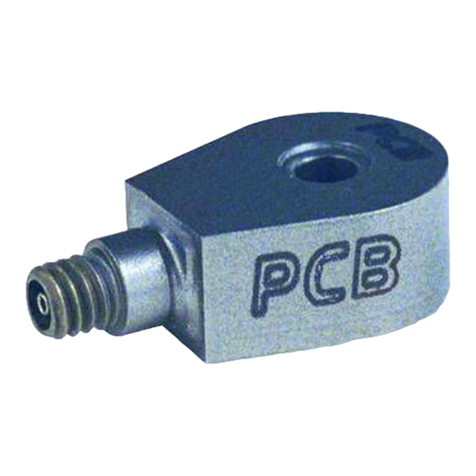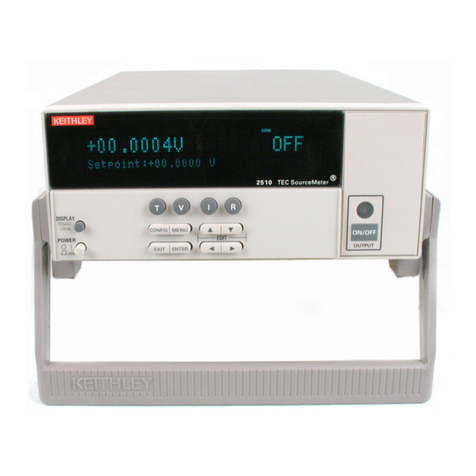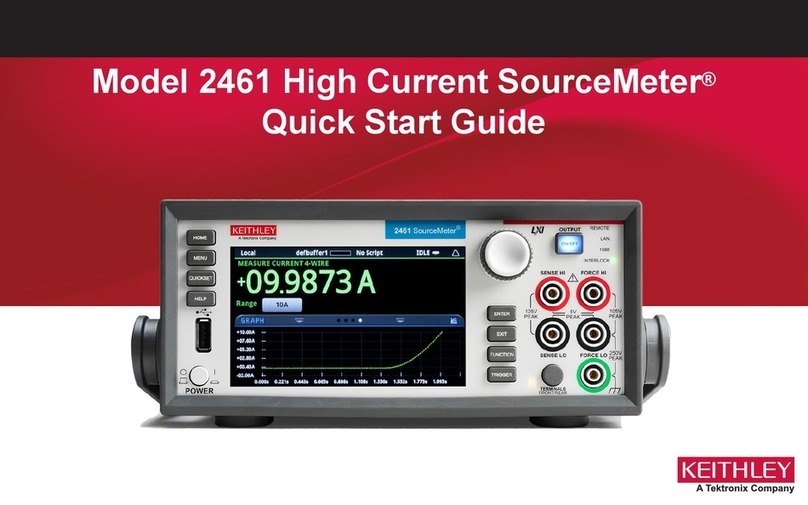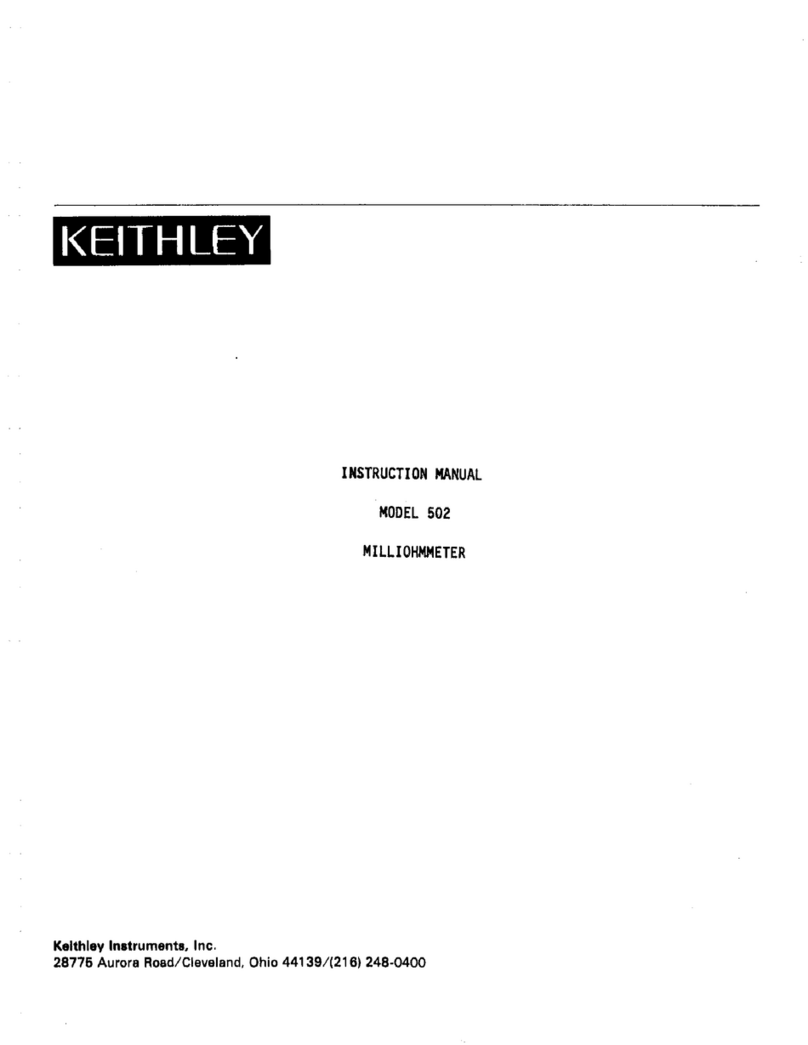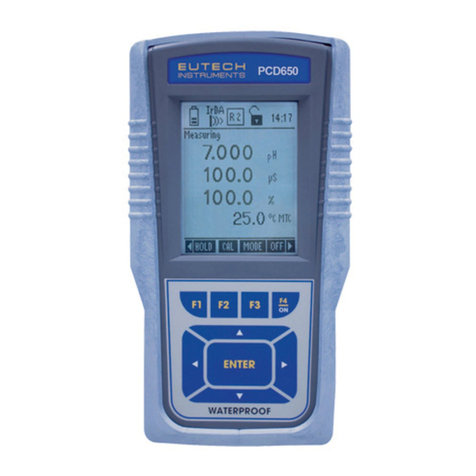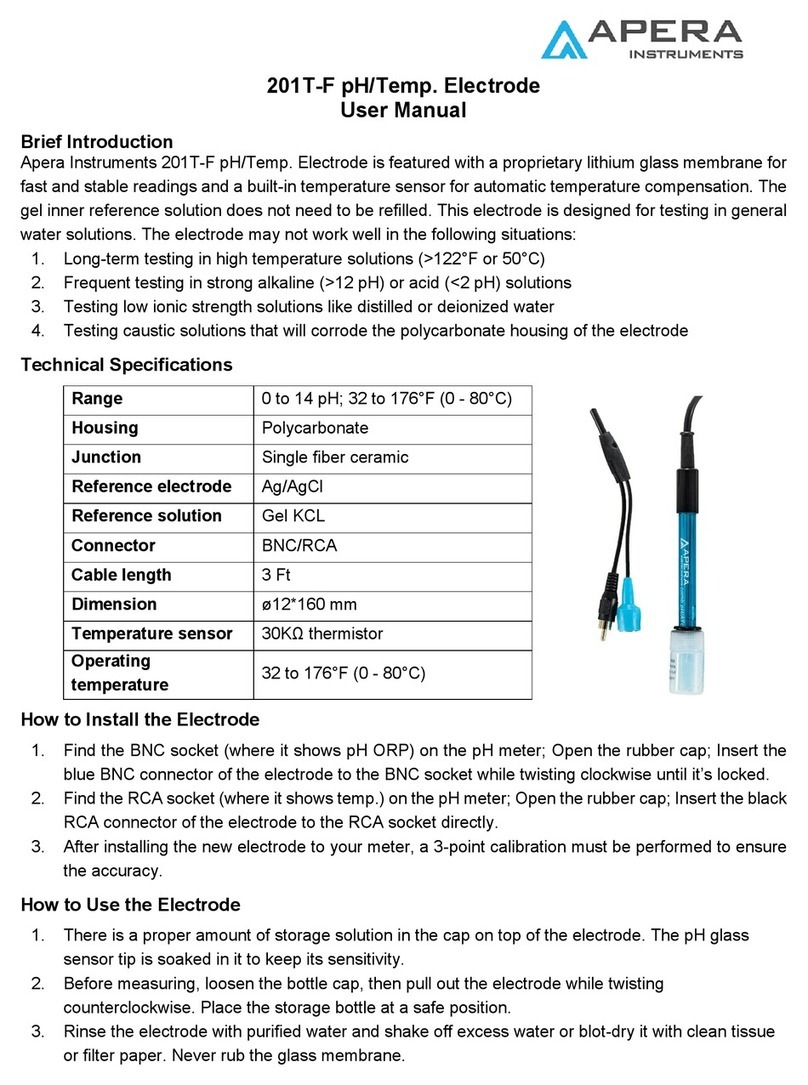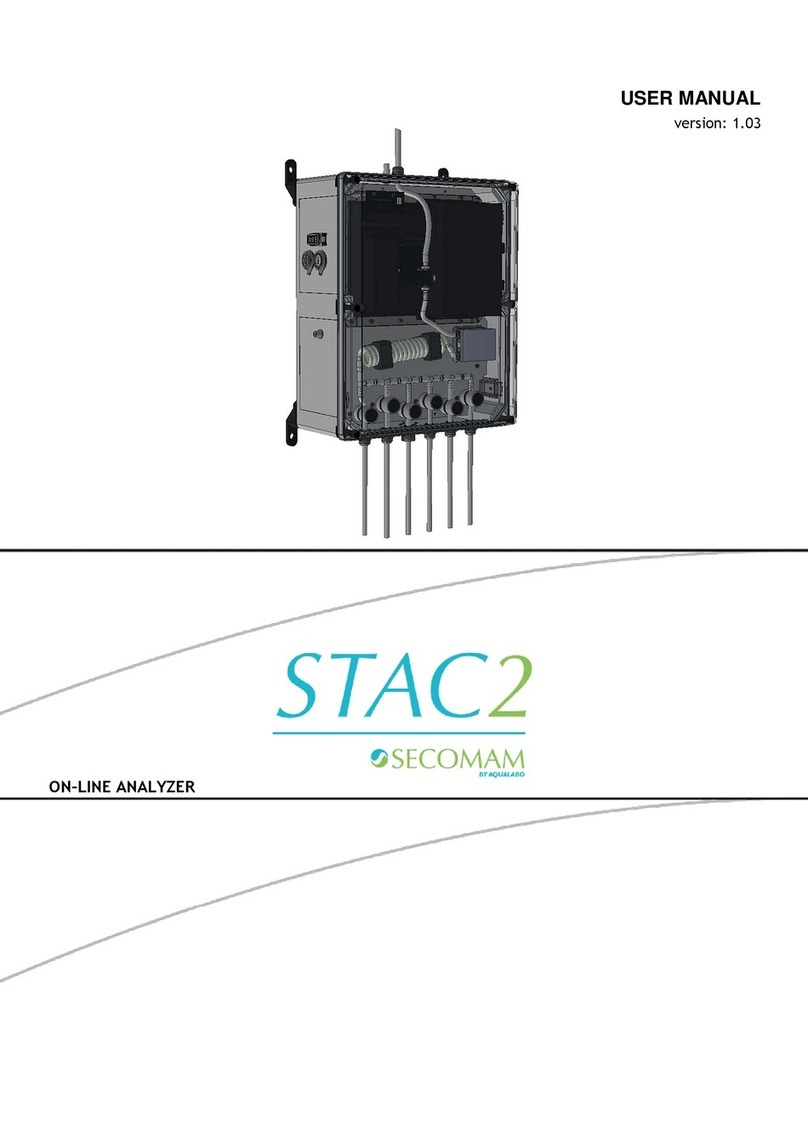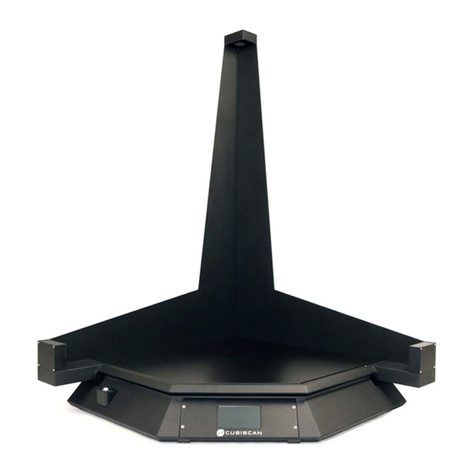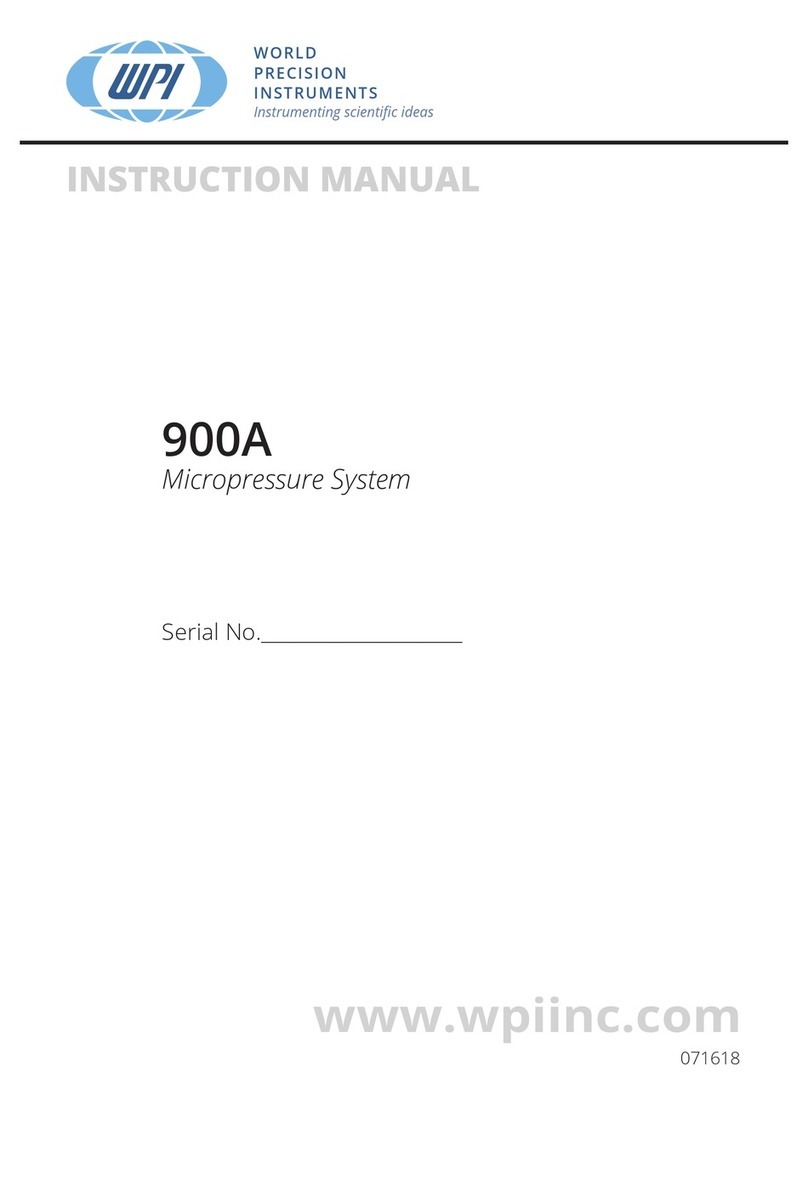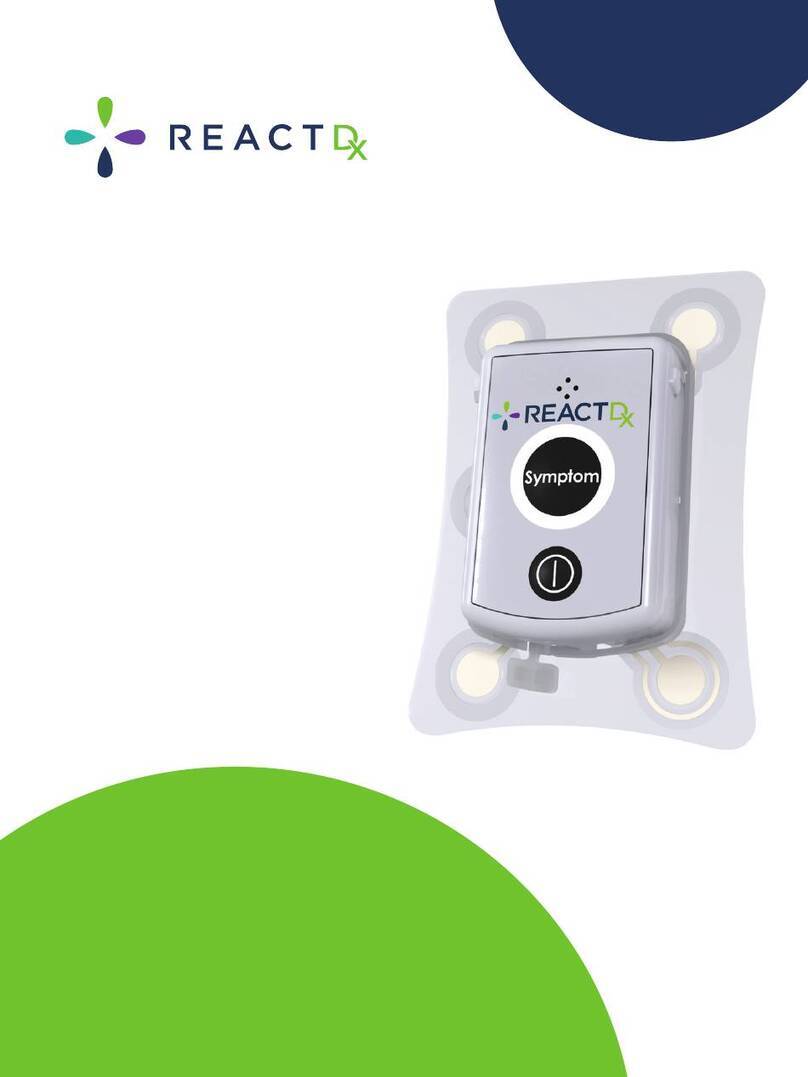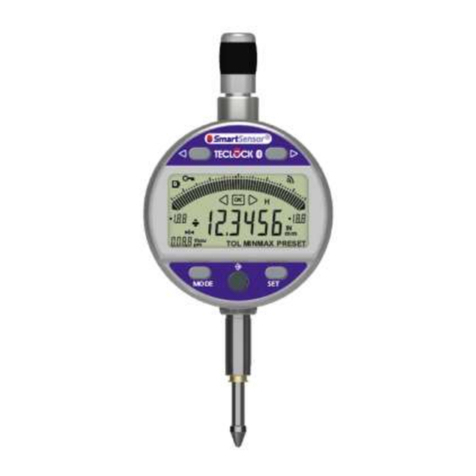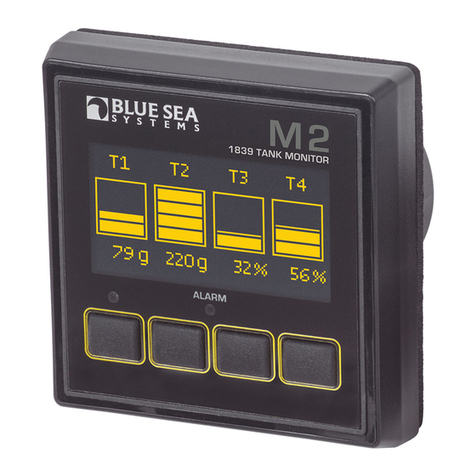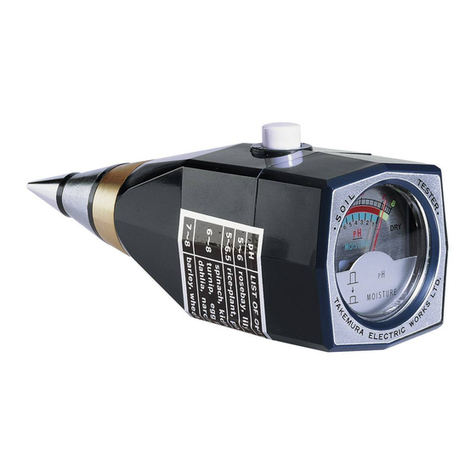,B
.J,
,.t
,1
t
,f
1
to fleeting ground, The input switch, SW3, connects the grid of Vl
to the input terminal on the OPERPJ'Eposition and connects it to
ground, through the 1 megohm protective resistor, on ZERO CHECK.
The screen grids of Vl and V2 are returned, in effect, to the cathodes
of V3 and V4 through SW4 (COARSEBALANCE) and Rl80 (ZERO). The bal-
ance controls function by adjusting the dc voltages of the electrometer
tube screens. Since the cathode of V3 and V4 are free to move, the
result is that a negative feedback loop for signals in phase at the
electrometer tubes exists through the cathode circuit of V3 and V4 back
to the screens of Vl and V2. This connection stabilizes the plate po-
tential of the input tubes, and causes the first stage gain to be much
greater for signals arriving at the active tube control grid than
spurious signals at both electrometer tubes, such as variation in the
plate supply and changes in transconductance due to filament tempera-
ture changes. Also due to this stabilization, electrometer tube oper-
ating points are maintained even though 10 meg plate load resistors
are used to assure a large voltage gain in this stage. This obviates
the need for regulation of the filaments of subsequent stages.
V3 and V4 form an ordinary differential amplifier and their output is
taken single ended into V5-A. V6-A drives the output cathode follower.
The voltmeter sensitivity ia determined by the fraction of the cathode
follower voltage fed back via the divider, ~165 through R171. 10 volts
appears at the V5-B cathode for full scale meter deflection for the
ranges from 10 millivolts through 10 volts. On the 30 and 100 volt
ranges, 30 and 100 volts respectively are fed directly back to floating
ground. Sl61 is the meter multiplier resistor from 10 millivolts to
LO volts. On the 30 and 190 volt ranges, x162 and ~163 are used. .
The OUTPUTis derived directly from the 6BB8 cathode except on the 30 I
and 100 volt ranges, where x158 and Rl59 are interposed. If the out-
put switch is set at 10 V, ~158 and R159 form e divider with Rl77 to
attenuate the output to 10 volts. If the output switch is set at 1 ma,
these resistors in combination with ~164 and ~160 are used to provide
enough series resistance ao that 1 milliampere flows into the recorder
terminals. ~164 and I~60 calibrate the recorder on all ranges.
The feedback loop is stabilized against oscillation by Cl02 and Cl03
together with Rl.72 through R176. Insertion of R172 through ~176 in
the cathode of V5-A, or the omission of a resistor by the range switch,
determines the loop gain. The gain is kept high enough so that there
is a feedback factor of at least 100 on all ranges, but the gain is not
allowed to become high enough to ceuae oscillation. Cl02 and Cl03
provide a 6 db per octave dominant lag cut-off characteristic.
B. AMMEER
Grid current of the input electrometer tube fixes the minimum current
that may be measured.
than 2 x lo-l4 amperes. The Model 610 grid current will usually be less
On low current ranges, the grid current will
be apparent and may be balanced out with the ZERO control or subtracted
from the final reading.
III - 2




















